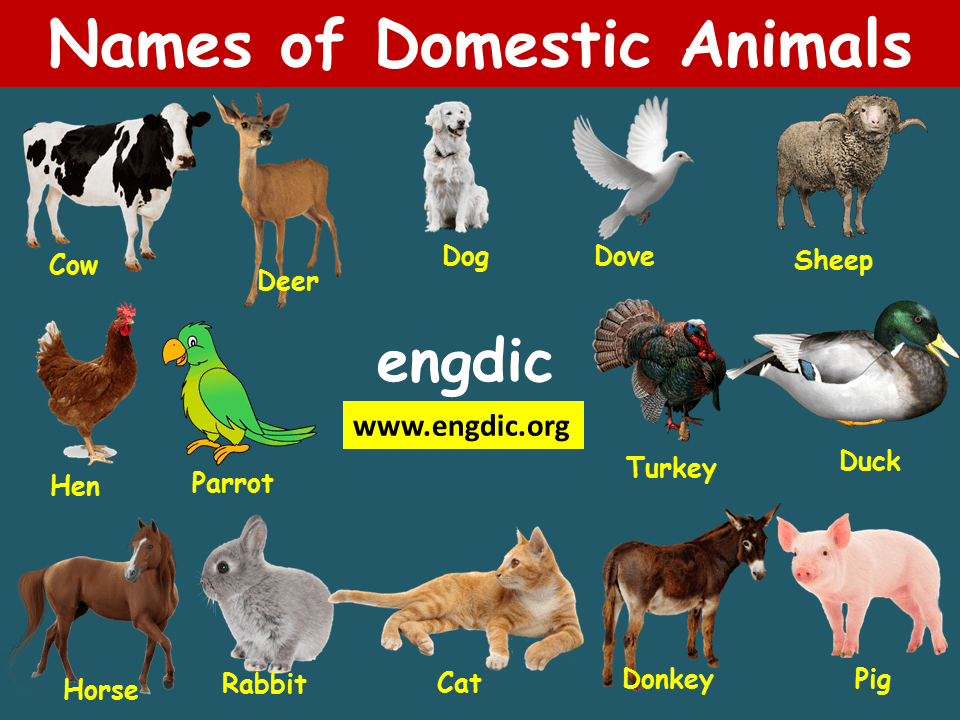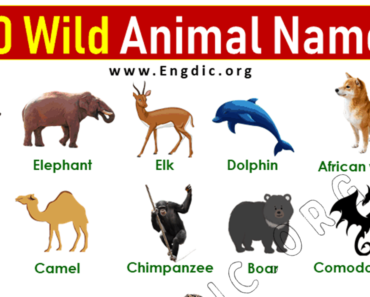Discover 20+ captivating ice and snow animals through stunning pictures and intriguing facts. From polar bears to snow leopards, delve into their adaptations and survival strategies in frozen landscapes. Embark on this enchanting journey into the world of these remarkable creatures and be awed by their resilience and beauty.
Must Read: Animals Name (Complete List)
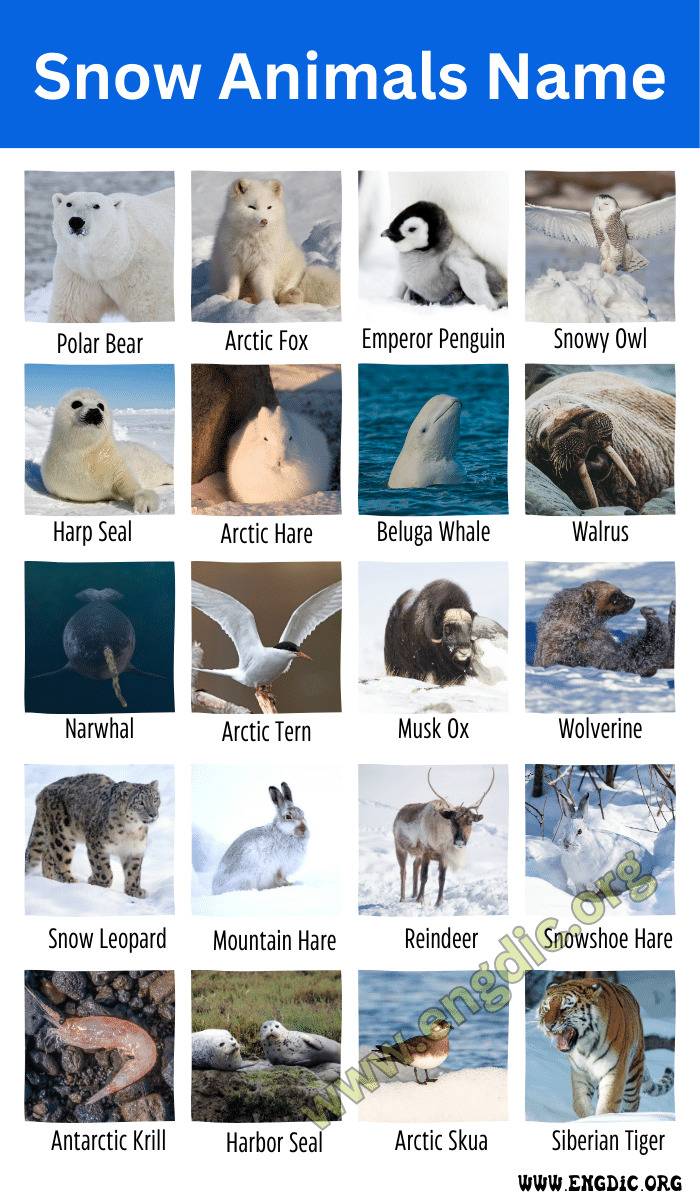
Ice & Snow Animals Name
Ice Animals:
Animals that live in icy habitats or have adaptations to survive in icy conditions, such as polar bears, penguins, seals, and certain species of fish and birds.
Below is the list of ice animals name.
- Emperor Penguin
- Weddell Seal
- Ross Seal
- Leopard Seal
- Crabeater Seal
- Arctic Cod
- Antarctic Silverfish
- Antarctic Toothfish
- Icefish
- Antarctic Krill
Snow Animals:
Animals that thrive in snowy environments, such as snow leopards, Arctic hares, snow owls, and ermines.
Below is the list of snow animals name.
- Snow Leopard
- Snowshoe Hare
- Snow Goose
- Snowy Egret
- Snow Finch
- Snow Petrel
- Snow Vole
- Snow Partridge
- Snow Monkey (Japanese Macaque)
- Snow Cock (Snow Grouse)
Ice and Snow Animals with Pictures and Facts
| Polar Bear |  |
| Largest land predator; excellent swimmers. | |
| Arctic Fox |  |
| Camouflages with white fur; hunts lemmings. | |
| Emperor Penguin |  |
| Tallest and heaviest of all penguins. | |
| Snowy Owl | 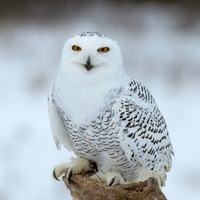 |
| Silent flight; exceptional hunters in the dark. | |
| Harp Seal | 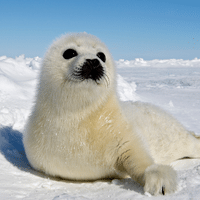 |
| “Seal pups” with distinctive harp-shaped markings. | |
| Arctic Hare |  |
| Survives cold by changing fur color. | |
| Beluga Whale |  |
| Known as “sea canaries” for melodic vocalizations. | |
| Walrus | 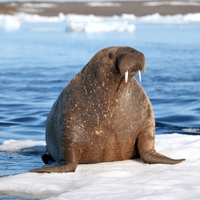 |
| Enormous tusks; can sleep floating on water. | |
| Narwhal | 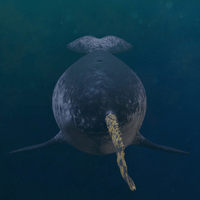 |
| Males have long, spiral tusks. | |
| Arctic Tern | 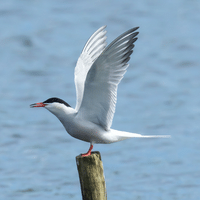 |
| Migrates the farthest of any bird species. | |
| Musk Ox | 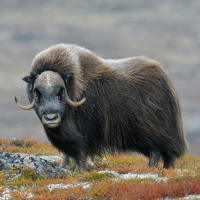 |
| Heavy, shaggy coat protects from harsh weather. | |
| Wolverine | 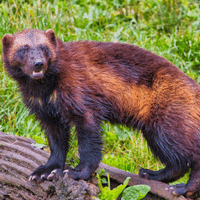 |
| Fearless hunters; reputedly capable of taking down prey twice their size. | |
| Snow Leopard | 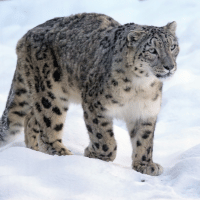 |
| Camouflaged spots; skilled climbers in mountainous terrain. | |
| Mountain Hare | 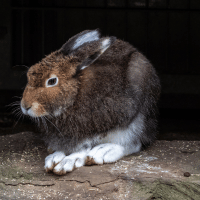 |
| Has large hind legs for quick escapes. | |
| Reindeer |  |
| Both males and females grow antlers. | |
| Snowshoe Hare | 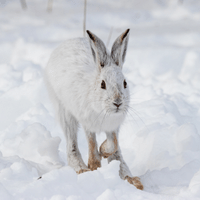 |
| Develops white fur during winter for camouflage. | |
| Antarctic Krill | 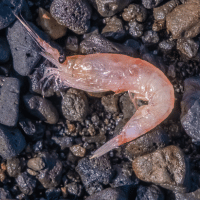 |
| Tiny shrimp-like creatures, essential to the food chain. | |
| Harbor Seal |  |
| Found in both Arctic and Antarctic regions. | |
| Arctic Skua |  |
| Opportunistic predators; known for kleptoparasitism. | |
| Ermine | 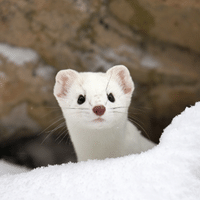 |
| Turns white in winter; hunts small mammals. |
White Snow Animals:
- Polar Bear: These magnificent creatures are native to the Arctic region and are known for their white fur, which helps them blend in with the snowy environment.
- Arctic Fox: Found in the Arctic regions of North America and Eurasia, the Arctic fox has a beautiful white coat that provides camouflage in the snow.
- Snowy Owl: The snowy owl is a large, white owl species that inhabits the Arctic tundra. Its plumage helps it stay hidden during the snowy winter months.
- Snowshoe Hare: This small mammal has adapted to snowy environments with its white fur during winter, which turns brown in the summer to blend in with the surroundings.
- Siberian Tiger: While not entirely white, some Siberian tigers have a pale coat with stripes that help them camouflage in snowy habitats.
Dangerous Snow Animals:
- Wolverine: Found in cold climates, including snowy regions, wolverines are known for their strength and ferocity. They are skilled hunters and can be dangerous if provoked.
- Gray Wolf: Wolves are adaptable predators found in various habitats, including snowy regions. They hunt in packs and can pose a threat to other animals and occasionally humans.
- Mountain Lion: Also known as cougars or pumas, these large cats inhabit mountainous regions, including snowy areas. They are skilled hunters and can be dangerous if encountered.
- Moose: While not traditionally considered dangerous, moose can become aggressive during the winter, especially if they feel threatened or cornered in snowy environments.
- Snow Leopard: Native to the mountainous regions of Central and South Asia, snow leopards are skilled hunters. While they generally avoid human contact, they can be dangerous if provoked.
Cute Snow Animals:
- Harp Seal: These adorable creatures are known for their white fur and large black eyes. They inhabit Arctic and subarctic regions and spend much of their time on the ice.
- Ermine: Also known as stoats or short-tailed weasels, ermines have a cute appearance with their white winter coats and black-tipped tails. They are found in cold regions around the world.
- Arctic Hare: This fluffy hare species is well adapted to snowy environments. It has a cute appearance with its white fur and long ears.
- Puffin: While not specifically a snow animal, puffins are seabirds that live in the northern regions, including snowy areas. They have a distinctive and adorable appearance with their colorful beaks and plumage.
- Baby Harp Seal: The young harp seals, known as pups, are incredibly cute with their fluffy white fur. They are a popular sight in Arctic regions during the winter.

